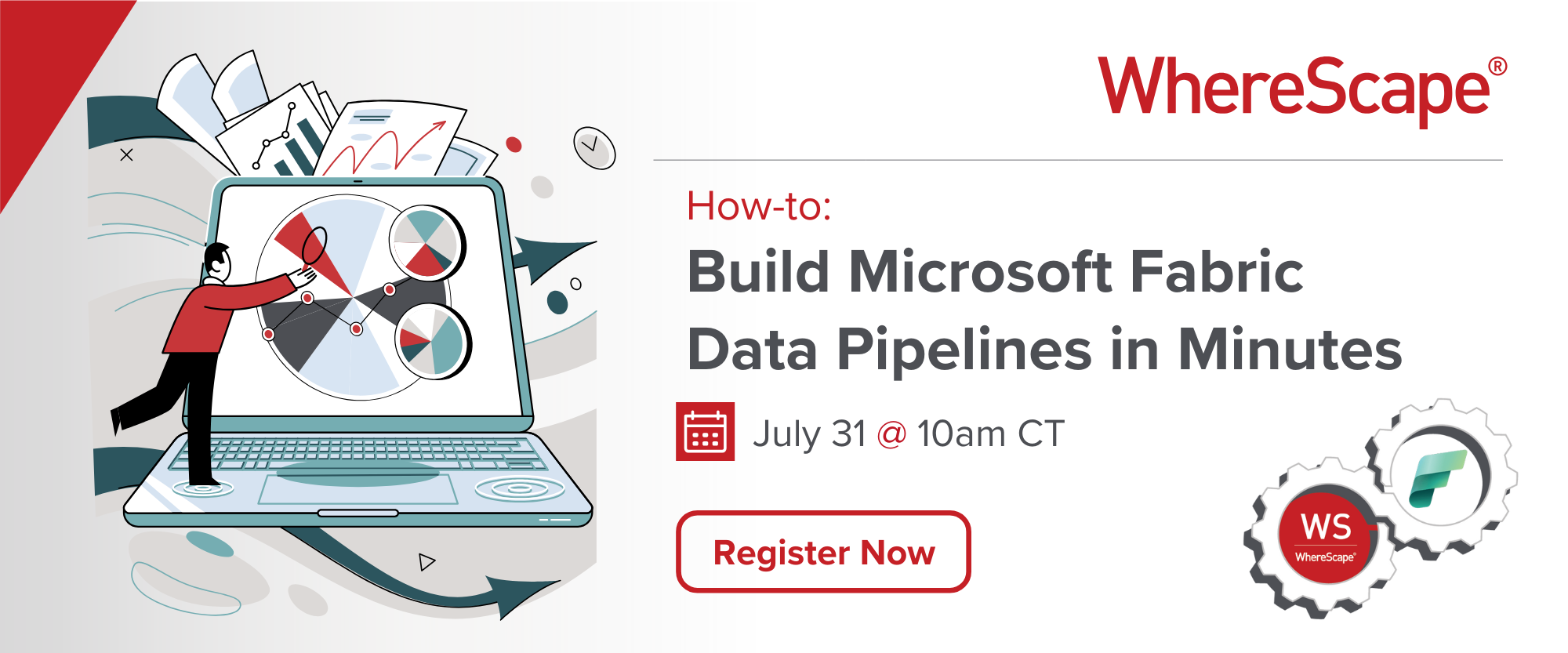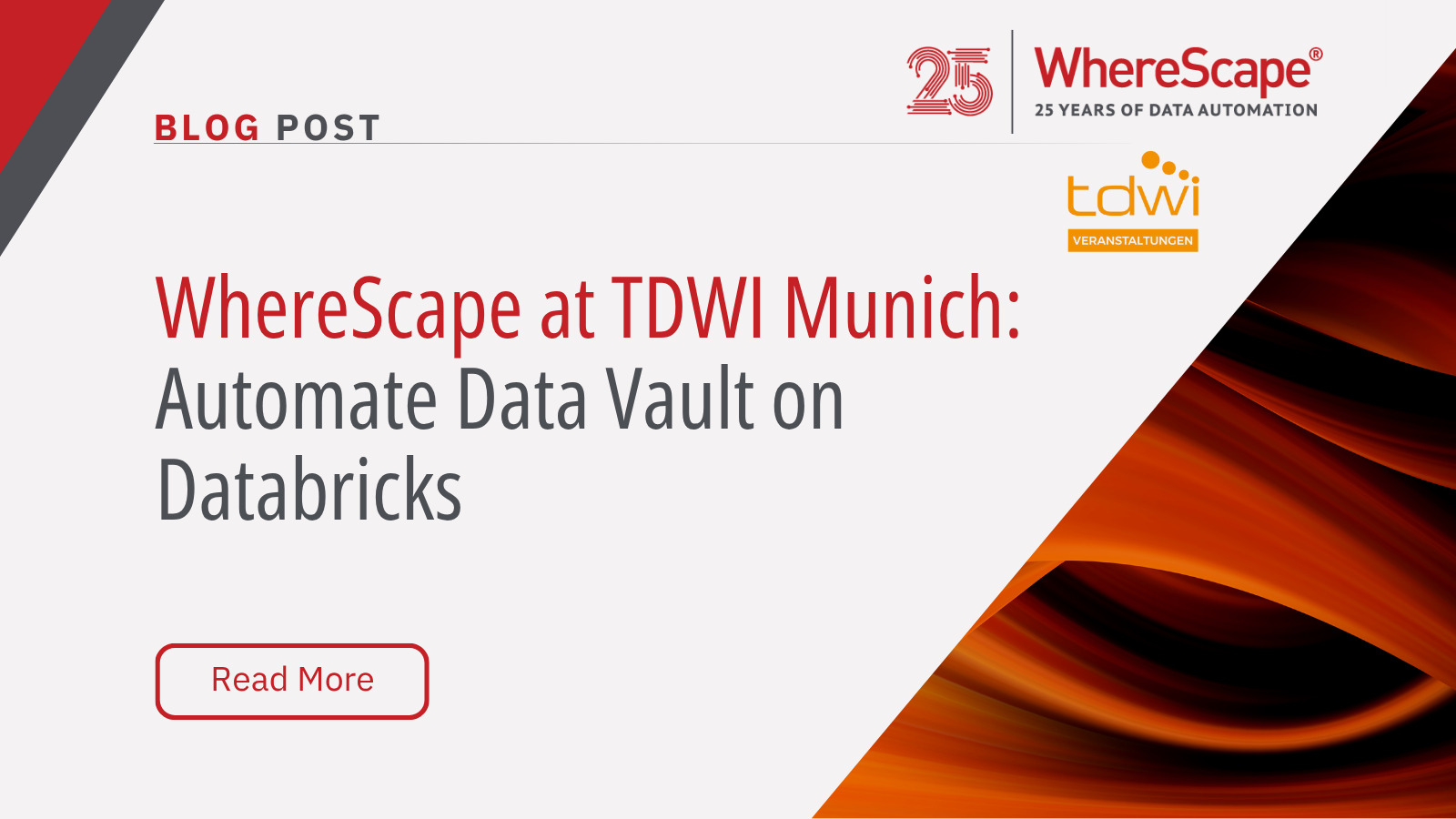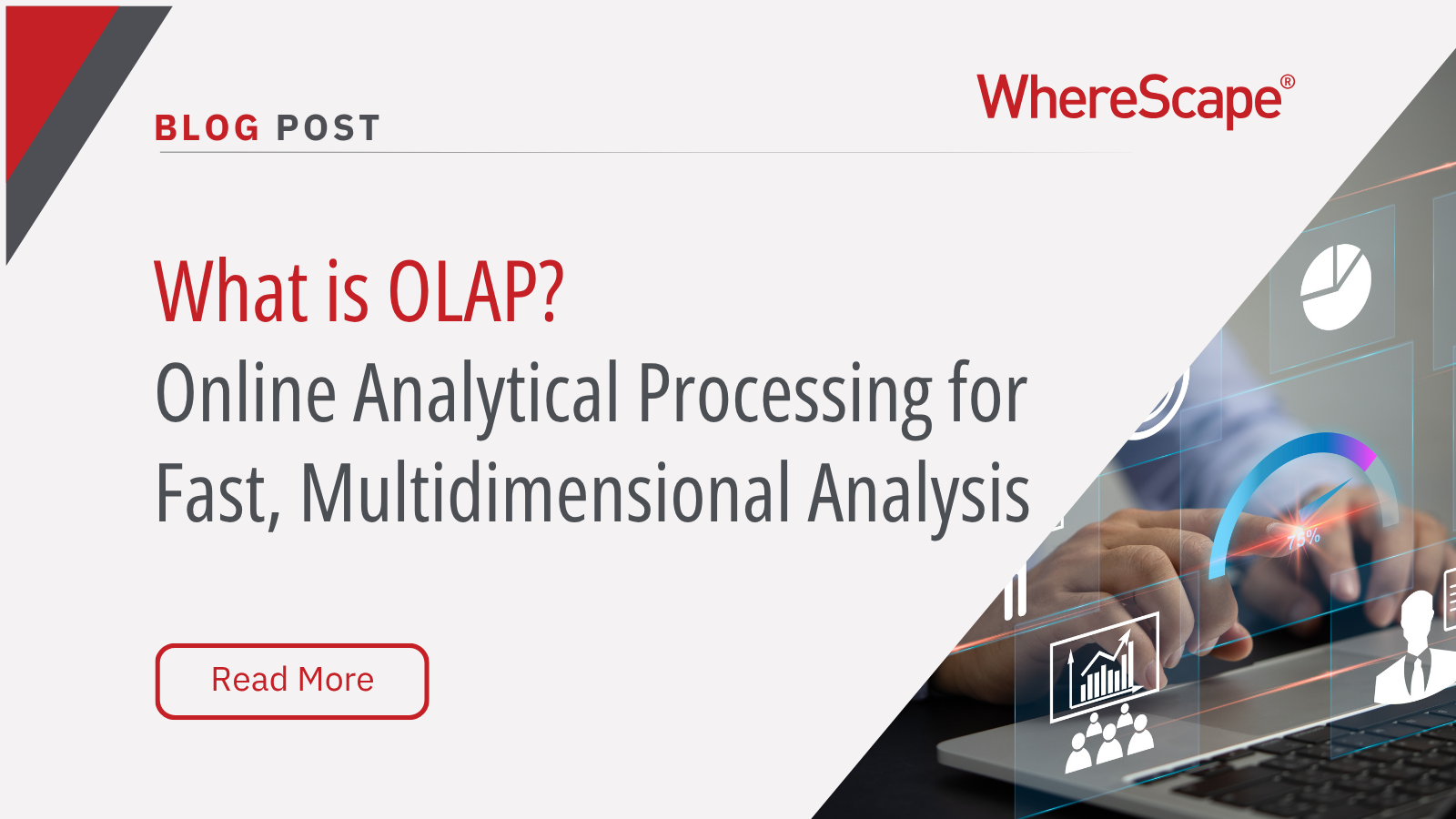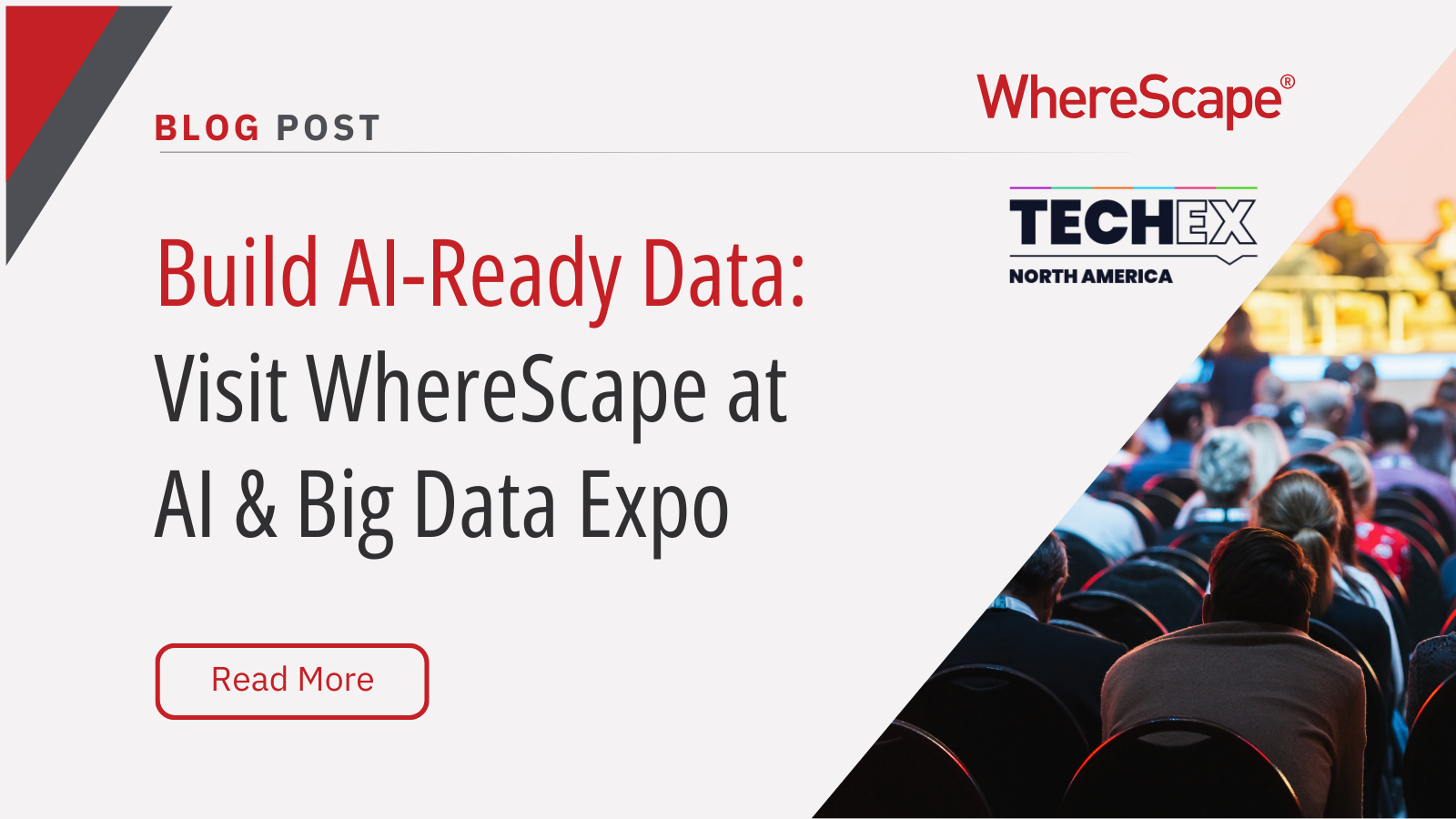Join our fast-and-friendly virtual tour to...
What is Data Analytics?
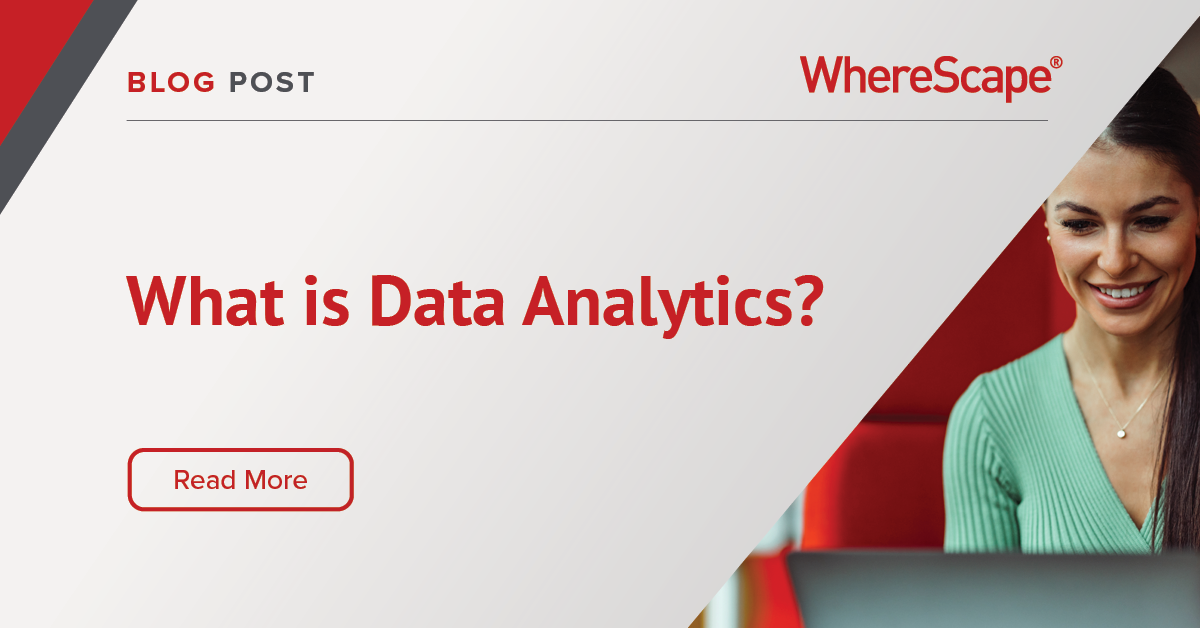
Data analytics is a process of analyzing raw data in order to draw out meaningful, actionable insights. These insights are then used to inform and drive smart business decisions. Data analytics technologies and techniques are widely used in commercial industries to enable organizations to make more-informed business decisions. For example, manufacturing companies often record the runtime, downtime, and work queue for various machines and then analyze the data to better plan the workloads so the machines operate closer to peak capacity. Scientists and researchers also use analytics tools to verify and disapprove scientific models, theories, and hypotheses.
The ultimate goal of data analytics is to boost business performance. These initiatives can help businesses increase revenue, improve operational efficiency, optimize marketing campaigns and bolster customer service efforts. It also enables organizations to respond quickly to emerging market trends and gain a competitive advantage over business rivals.
Types of data analytics
There are four main types of data analysis:
- Descriptive analytics: This describes what has happened over a given period of time.
- Diagnostic analytics: Focuses more on why something happened. This involves more diverse data inputs and a bit of hypothesizing.
- Predictive analytics: This estimates the likelihood of a future outcome based on historical data and probability theory, and while it can never be completely accurate, it does eliminate much of the guesswork from key business decisions. It can be used to forecast all sorts of outcomes – from what products will be most popular at a certain time, to how much the company revenue is likely to increase or decrease in a given period.
- Prescriptive analytics: This helps answer questions about what should be done. When conducting prescriptive analysis, data analysts will consider a range of possible scenarios and assess the different actions the company might take. Prescriptive analytics techniques rely on machine learning strategies that can find patterns in large datasets. By analyzing past decisions and events, the likelihood of different outcomes can be estimated.
Why is Data Analytics Important?
Data analytics helps businesses optimize their performance. By implementing it into the business model, companies can help reduce costs by identifying more efficient ways of doing business. A company can also use data analytics to make better business decisions and help analyze customer trends and satisfaction, which can lead to better products and services.
Furthermore, data analytics is used to make faster and more informed decisions, reduce overall business costs, and optimize processes and operations. In more specific terms data analytics might be used:
- To predict futures and purchasing behaviors
- For security purposes, for instance, to predict, to detect, and prevent fraud within insurance and banking industries
- To optimize marketing efforts through more accurate targeting and personalization
- To boost customer acquisition and retention
- To boost customer engagement on social media
- To develop risk management solutions
- To increase supply chain efficiency
Conclusion
Organizations that approach data analytics with a focused vision can drive digital transformation, improve customer experience, and create a data-driven company culture. Leveraging data analytics, organizations can identify new business opportunities and use insights to prioritize actions and create a new source of revenue. Data analytics programs within the organizations are evolving rapidly as digital transformation and data-driven organizations are becoming more of a priority.
WhereScape at TDWI Munich: Automate Data Vault on Databricks
WhereScape at TDWI Munich 2025: Automate a Full Data Vault on Databricks in Just 45 Minutes June 24–26, 2025 | MOC Munich, Germany As data complexity grows and business demands accelerate, scalable and governed data architectures are no longer optional—they're...
What Is OLAP? Online Analytical Processing for Fast, Multidimensional Analysis
Streamline your data analysis process with OLAP for better business intelligence. Explore the advantages of Online Analytical Processing (OLAP) now! Do you find it challenging to analyze large volumes of data swiftly? A Forrester study reveals that data teams spend...
Build AI-Ready Data: Visit WhereScape at AI & Big Data Expo
June 4–5, 2025 | Booth 202 | Santa Clara Convention Center As organizations scale their artificial intelligence and analytics capabilities, the demand for timely, accurate, governed, and AI-ready data has become a strategic priority. According to Gartner, through...
Automating Star Schemas in Microsoft Fabric: A Webinar Recap
From Data Discovery to Deployment—All in One Workflow According to Gartner, data professionals dedicate more than half of their time, 56%, to operational tasks, leaving only 22% for strategic work that drives innovation. This imbalance is especially apparent when...
What is a Data Model? How Structured Data Drives AI Success
What is a data model? According to the 2020 State of Data Science report by Anaconda, data scientists spend about 45% of their time on data preparation tasks, including cleaning and loading data. Without well-structured data, even the most advanced AI systems can...
ETL vs ELT: What are the Differences?
In working with hundreds of data teams through WhereScape’s automation platform, we’ve seen this debate evolve as businesses modernize their infrastructure. Each method, ETL vs ELT, offers a unique pathway for transferring raw data into a warehouse, where it can be...
Dimensional Modeling for Machine Learning
Kimball’s dimensional modeling continues to play a critical role in machine learning and data science outcomes, as outlined in the Kimball Group’s 10 Essential Rules of Dimensional Modeling, a framework still widely applied in modern data workflows. In a recent...
Automating Data Vault in Databricks | WhereScape Recap
Automating Data Vault in Databricks can reduce time-to-value by up to 70%—and that’s why we hosted a recent WhereScape webinar to show exactly how. At WhereScape, modern data teams shouldn't have to choose between agility and governance. That's why we hosted a live...
WhereScape Recap: Highlights From Big Data & AI World London 2025
Big Data & AI World London 2025 brought together thousands of data and AI professionals at ExCeL London—and WhereScape was right in the middle of the action. With automation taking center stage across the industry, it was no surprise that our booth and sessions...
Why WhereScape is the Leading Solution for Healthcare Data Automation
Optimizing Healthcare Data Management with Automation Healthcare organizations manage vast amounts of medical data across EHR systems, billing platforms, clinical research, and operational analytics. However, healthcare data integration remains a challenge due to...
Related Content
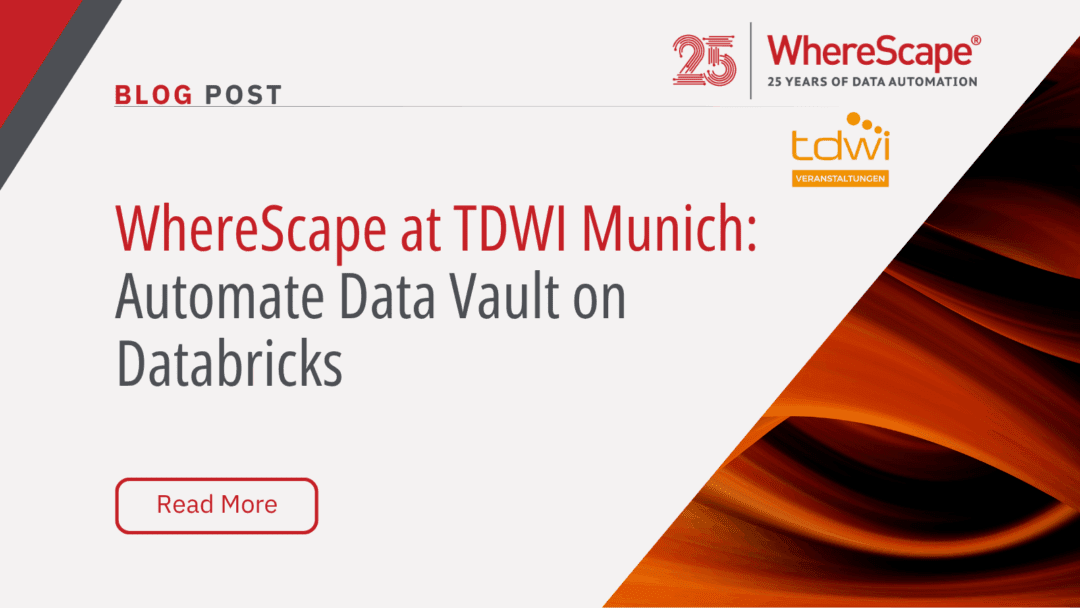
WhereScape at TDWI Munich: Automate Data Vault on Databricks
WhereScape at TDWI Munich 2025: Automate a Full Data Vault on Databricks in Just 45 Minutes June 24–26, 2025 | MOC Munich, Germany As data complexity grows and business demands accelerate, scalable and governed data architectures are no longer optional—they're...
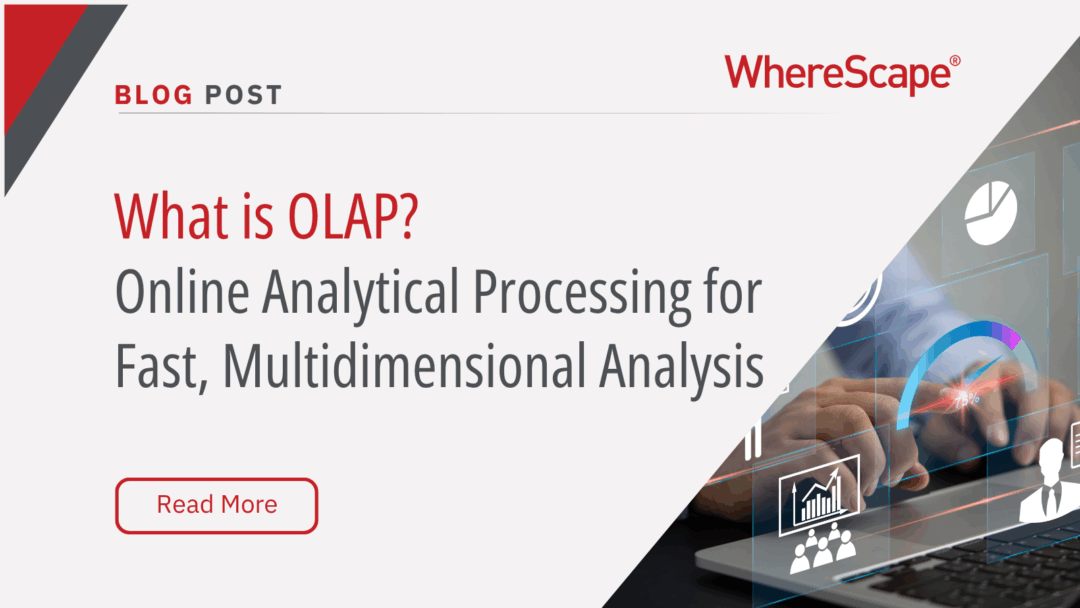
What Is OLAP? Online Analytical Processing for Fast, Multidimensional Analysis
Streamline your data analysis process with OLAP for better business intelligence. Explore the advantages of Online Analytical Processing (OLAP) now! Do you find it challenging to analyze large volumes of data swiftly? A Forrester study reveals that data teams spend...
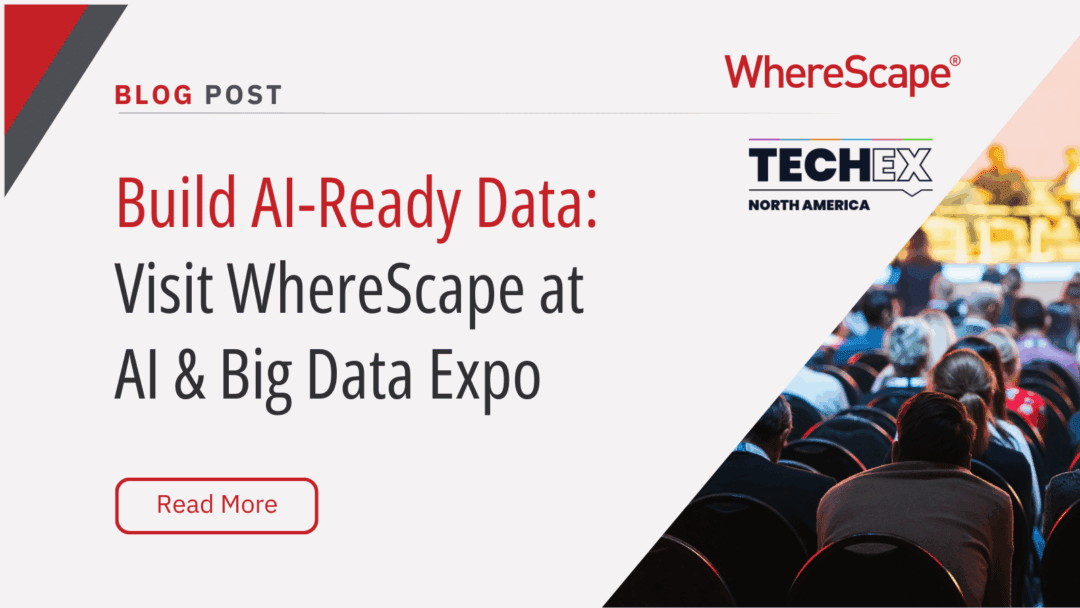
Build AI-Ready Data: Visit WhereScape at AI & Big Data Expo
June 4–5, 2025 | Booth 202 | Santa Clara Convention Center As organizations scale their artificial intelligence and analytics capabilities, the demand for timely, accurate, governed, and AI-ready data has become a strategic priority. According to Gartner, through...

Automating Star Schemas in Microsoft Fabric: A Webinar Recap
From Data Discovery to Deployment—All in One Workflow According to Gartner, data professionals dedicate more than half of their time, 56%, to operational tasks, leaving only 22% for strategic work that drives innovation. This imbalance is especially apparent when...

